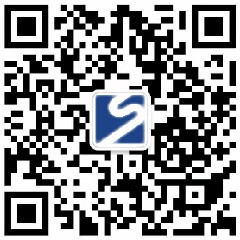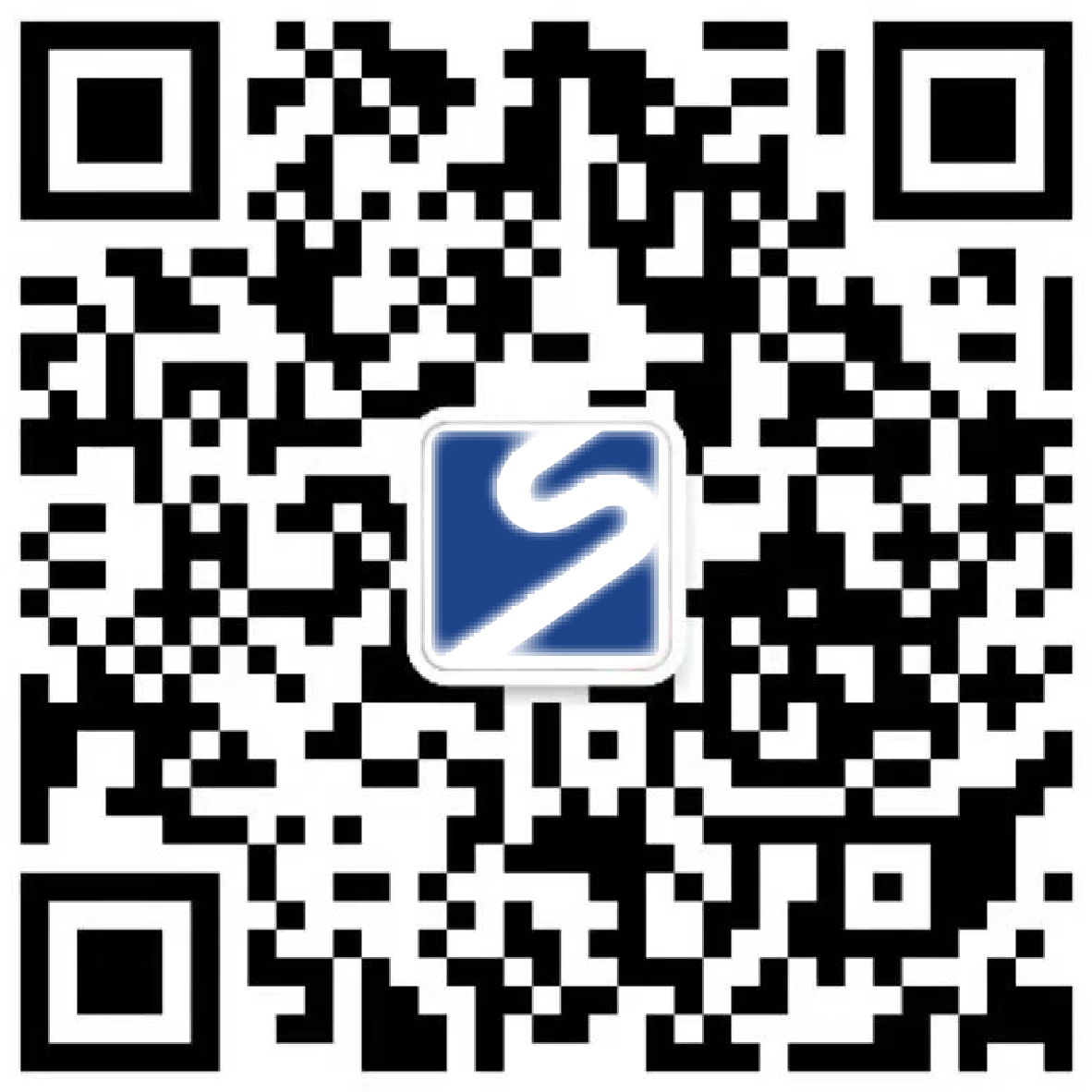"Technical Pit" in Foreign Trade Album Design: A Practical Guide from Prevention to Emergency Rescue
When I first entered the industry, I took over a foreign trade album project of mechanical accessories. The technical parameters sent by the customer are magnificent, and our team stayed up all night, typesetting, color mixing and refining the pictures. The finished product is so beautiful that it can be directly put on the cover of the magazine. The customer was very satisfied and directly printed 5,000 copies and sent them to overseas exhibitions. As a result, a week later, an emergency call came: a professional buyer at the exhibition pointed out that the dimension unit of a key component was wrong! It's not that "mm" is marked as "cm"! A whole order of magnitude difference! The anxiety and helplessness of customers on overseas phone calls make people sit uneasy through the microphone. That lesson was too profound-the "beauty" of foreign trade albums is far from enough, the accuracy of technical details is the lifeline, and the misalignment of a punctuation mark may make orders fly away and even damage the reputation of enterprises. Today, let's talk about the "technical pits" in the foreign trade album that are hard to prevent, and how to fortify them in advance and quickly remedy them.
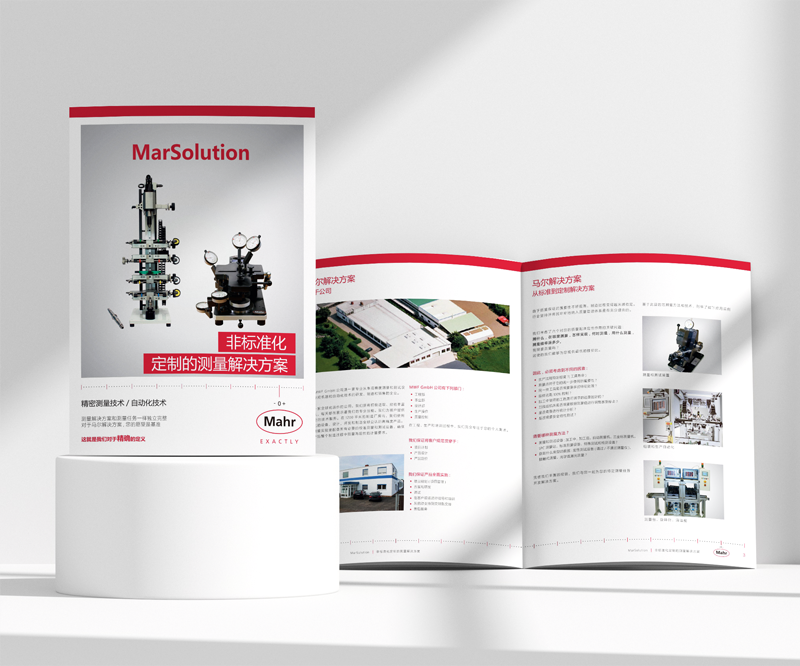
1. The "technical minefield" in the foreign trade album hurts to step on any one
Different from ordinary brochures, foreign trade album is the "silent spokesperson" of the technical strength and professionalism of enterprises. The following technical omissions can greatly reduce the effect :
The "digital game" is broken: parameters are the core language of the product. Wrong marking of power (kW written as W), confusion of size (mixed use of metric and imperial systems, such as 25mm marked as 1 inch, actual about 25.4 mm), error of material composition percentage, deviation of accuracy value (0.01 mm written as 0.1 mm)... Buyers can see unprofessionalism at a glance, and doubts follow.
The embarrassment of "the picture is wrong": the schematic diagram is too brief and the key structure can't be seen clearly; The actual photo of the product does not match the technical specifications described (for example, the picture display interface is Type-C, but the text says USB-A); Even used outdated product images. The separation from vision and information directly weakens credibility.
"Term maze" traps buyers: excessive use of uncommon industry slang or internal abbreviations (such as abbreviation of "tensile strength" as "UTS" without explanation), or inaccurate and inconsistent translation of English technical terms (the same component is called "valve body" in front and "valve body" in the back). Buyers can't understand it, and their interest naturally disappears.
The "compliance red line" is not held: the target market has mandatory certification marks (such as CE, UL, FDA) but they are not printed or misprinted; Product safety warning signs are missing, the location is not conspicuous or the symbols do not conform to international standards; Environmental statements (e.g. RoHS, REACH) are vaguely formulated or lack of basis. This may not only lose orders, but also lead to legal risks and market bans.
The "process description" is like a gobbledygook: the schematic diagram of installation steps and operation flow is too jumping and lacks the diagram of key links; Maintenance instructions are too general and have no quantitative indicators (such as "regular lubrication" without saying how often and what type of grease is used). If users can't understand it, they won't use it. The experience is poor and there are many complaints.
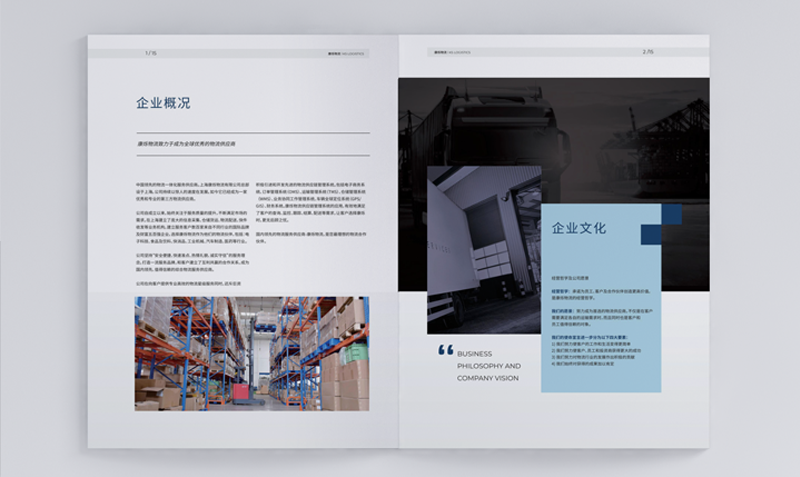
2. Prevent problems before they happen: kill technical errors in the cradle
Instead of putting out the fire afterwards, it is better to tie up the fence. A strict "technical firewall" process is essential:
"Living water at the source" should be clear: establish an exclusive technical information database
Source materials: Ask customers for the latest and most authoritative technical documents-product specifications, test reports, certification certificates (high-definition scans), CAD drawings/explosion drawings confirmed by engineers. Clear requirement: "Please give the final version, and we will follow it!"
Dynamic update mechanism: Establish direct communication channels with customer technical departments (such as exclusive WeChat group/email group). During product iteration, parameter update, and certification upgrade, the information is synchronized as soon as possible to ensure that the content of the album is synchronized with the current status of the product.
Standardization of "Term Dictionary": Work with customers to formulate the core terminology specification table in Chinese and English. Clarify the standard writing method, abbreviation rules (whether abbreviations are allowed), and drawing citation rules of each technical noun. The design team strictly follows this to ensure absolute unity before and after.
"Crossfire" verification: implementing multi-dimensional audit
Self-inspection by the design team: After the designer completes the first draft, he must conduct "special verification of technical points"-compare the text parameters and information sources item by item, check the correspondence between graphics and texts, and confirm the unit symbols.
Final review by the customer's technical department: This is the golden rule! Before printing, the album PDF (with clear labels) must be sent to the technical director (non-marketing personnel) designated by the customer for signature and confirmation. Key audit: the absolute accuracy of all parameters, diagrams, terms, certification marks and safety warnings. Emphasis: "You have the final say in the technical details, please confirm them one by one."
The "third eye" finds blind spots: For extremely complex or high-value products, you can pay to hire technical translators or consultants in professional fields in the country where the target market is located to review them. They can spot subtle problems in localized expressions and industry idioms.
"Fierce eyes" to look at details: hard-core guarantee in the design process
The labels are clearly visible: technical parameters and dimension drawings are labeled, the font size is enlarged, the font is bold, and the color contrast is high (such as white characters on a dark blue background), so as to ensure that they can be captured at a glance when flipping through quickly. A small exclamation point icon can be added next to the key data to prompt the key points.
Accurate communication of illustrations: complex products must be equipped with explosion exploded drawings, partially enlarged close-up drawings, and cross-sectional drawings. Use arrow serial numbers to clearly guide parts and strictly correspond to the text description. Avoid using vague "mood diagrams".
Compliance logo "C position" debuts: the mandatory certification mark (CE, FCC, etc.) is fixed and eye-catching (usually on the back cover or copyright page), and the size cannot be too small. Safety warnings use internationally accepted pictographs (such as exclamation point triangle box and flame icon) with short and powerful explanatory text.
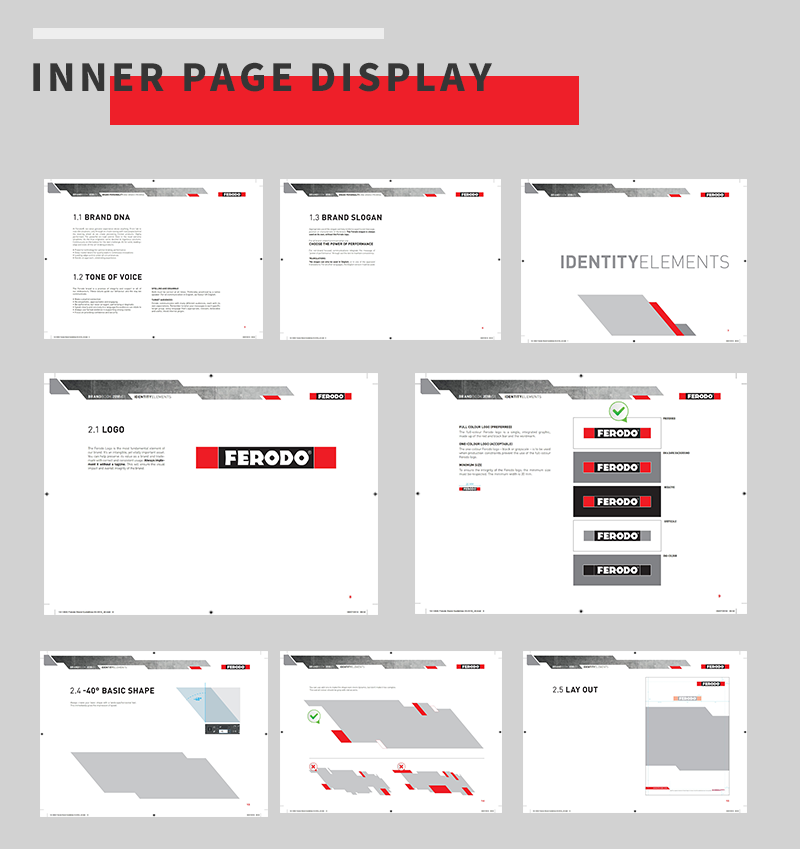
3. Emergency rescue! What if a technical omission has occurred?
Even if prevention is in place, it may be a hundred secrets. Once an error is identified, a quick, professional response is key to salvaging the situation:
Step 1: Emergency stop comprehensive assessment
Stop distribution/use immediately: If the album has been printed but not distributed in large quantities, immediately notify the warehouse to suspend delivery; If it has been sent to the exhibition or customer, inform the receiver as soon as possible to suspend the use or mark the error (such as pasting the errata).
Set up an emergency response team: gather design, customer service, technical docking (or customer technical) personnel to clarify the nature of errors (local clerical errors? Systematic errors?), scope of influence (how many volumes? Where to send them?), and potential risks (legal issues? Security risks?) within 24 hours.
Step 2: Implement precise policies and quickly stop losses
Small error, quick fix: if the printing parameters of individual page numbers are clerical errors (such as decimal point misplacement, unit error), and the album has been distributed:
Electronic errata: Immediately produce a clear and professional PDF errata statement (bilingual in Chinese and English), listing the wrong page number, wrong content and correct content. Quickly send it to all known recipients (buyers, agents, exhibition organizers) through emails, official website announcements, social media and other channels.
Physical "First Aid Kit": Expedited printing of self-adhesive correction stickers or single-page errata instructions, express delivery to important customers/exhibition sites, and guidance on covering errors or attaching them with the book.
Big problems, decisively reprint: if there are serious problems such as wrong core parameters, missing/wrong authentication marks, security risks, etc., or the error range is wide:
Communicate honestly and take responsibility: explain the situation to the customer's top management at the first time, sincerely apologize, and clearly inform the free reprinting plan and timetable. Speed is key, and procrastination only worsens trust.
"Emergency Edition" Priority: Prioritize reprinting of affected core pages or creating a stripped-down version of technical parameters single pages to replace them as quickly as possible (even by air). A complete new volume will be completed later.
Recall/destruction of old albums: Negotiate with customers to recall the wrong albums in circulation as much as possible, or instruct customers to make obvious invalid marks (such as stamping "VOID" stamp) and destroy them to avoid subsequent confusion.
Step 3: Root cause analysis and upgrade the system
The review meeting is indispensable: convene project-related personnel to dig deep into the specific links where the error occurred (information transmission error? Audit omission? Design misunderstanding?).
Process patching: According to the analysis results, immediately update the information handover template, Checklist, and design specifications. For example, add hard steps such as "secondary confirmation of unit symbols", "checklist of certification marks" and "double review of technical parameters".
Establish a "blacklist": Enter this error into the case database as a negative teaching material for new employee training and project kick-off meeting, and the alarm bell will sound.
4. Choose the right partner: Let professionals build a technical "moat"
Behind a truly "shouldering" foreign trade technology album, there must be a professional design partner who knows this well. Keep your eyes open for these hardcore capabilities when choosing a supplier:
Only when you know technology can you dare to take on porcelain work: Are there any members in the team who are familiar with the basic technical terms and product principles of your industry? Can you make insightful suggestions for optimizing the presentation of technical information? Avoid choosing a design company that is purely aesthetically oriented and "doesn't know" about technical content.
Strict process can plug loopholes: ask the other party if there is a standardized technical information management process and multiple audit mechanism? Can you provide a detailed sample of the Technical Content Review Confirmation Sheet? The rigor of the process directly determines the probability of error.
Real cases are worth a thousand words: ask to check the foreign trade album cases that they have worked on, which are similar to your industry or have equivalent technical complexity. Focus on the presentation of technical parameters in the case, the accuracy of diagrams, and the handling of compliance elements. Real cases are the best proof of competence.
Dare to promise and share responsibility: understand the other party's definition of responsibility for the accuracy of technical content. Professional suppliers will clarify their responsibilities in information transmission and design execution, and are willing to cooperate in solving problems within the process framework instead of shirking.
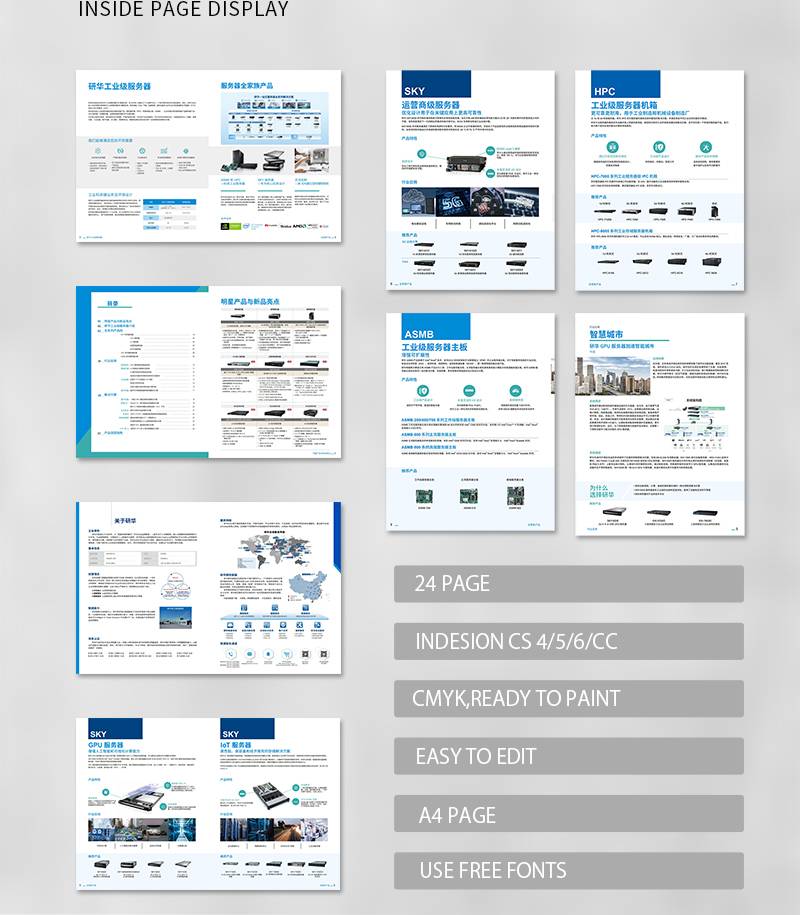
Foreign trade album has never been a simple "product photo album". It is a certificate of technical trust for enterprises to cross the ocean and knock on the door of the international market. Every precise parameter, every clear illustration, and every eye-catching certification mark are silently conveying your professionalism and reliability. Technical omissions, which seem to be punctuation errors, may actually lead to a huge wave of order loss and trust collapse. Instead of "patching" in a hurry after the problem breaks out, it is better to choose a foreign trade album design partner who is well versed in the way of technology dissemination and has rigorous and reliable processes at the starting point. They are not only the creators of beauty, but also the "gatekeepers" of your technical strength and the "dam builders" of risk defense lines. Let every picture album that has crossed the ocean become your strongest endorsement of professional value, rather than a "technical reef" buried under exquisite pictures. ProfessionalForeign trade album design, starting with appearance, finishing in details, and lasting longer than trust-this is your invisible armor to compete in the global market.

